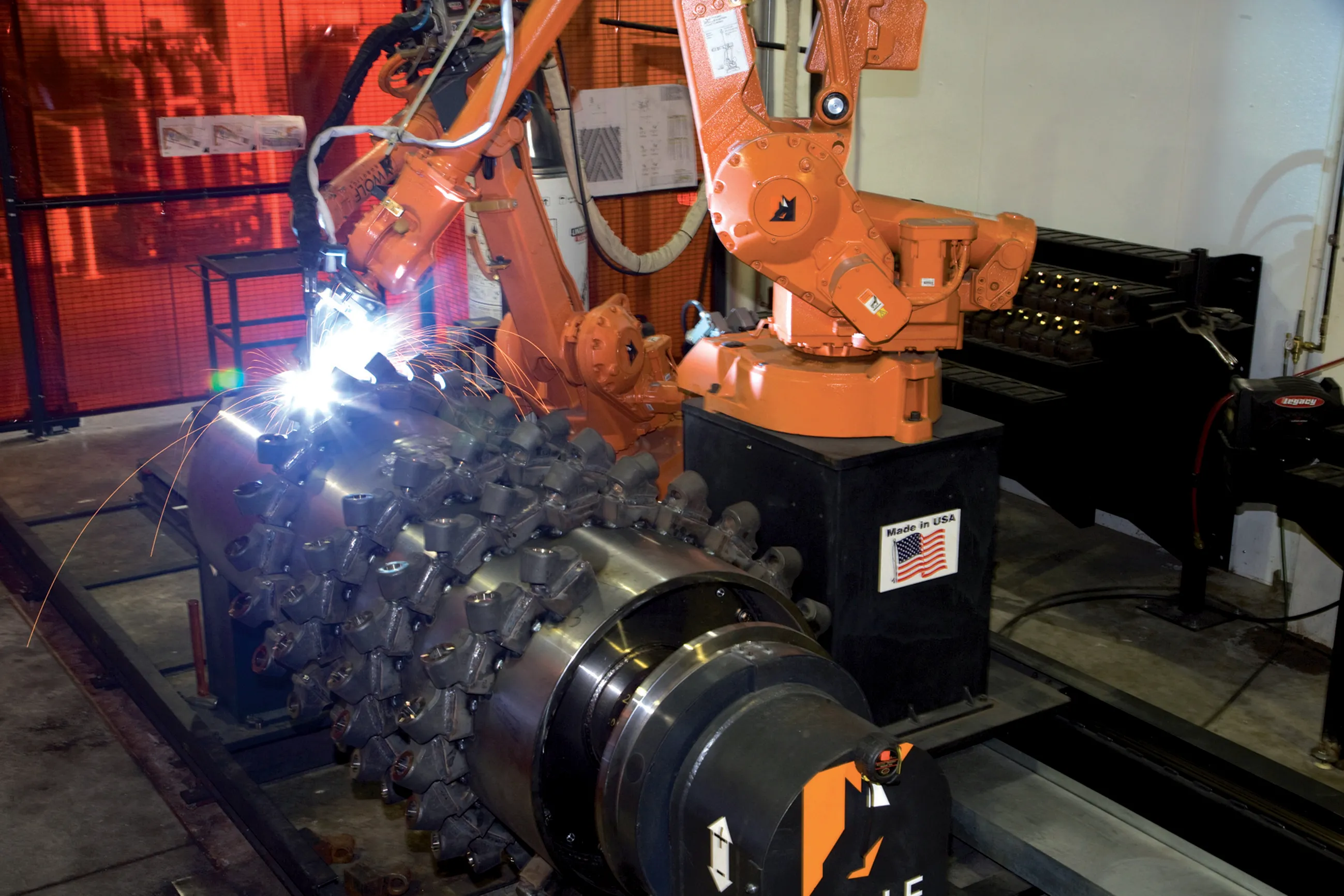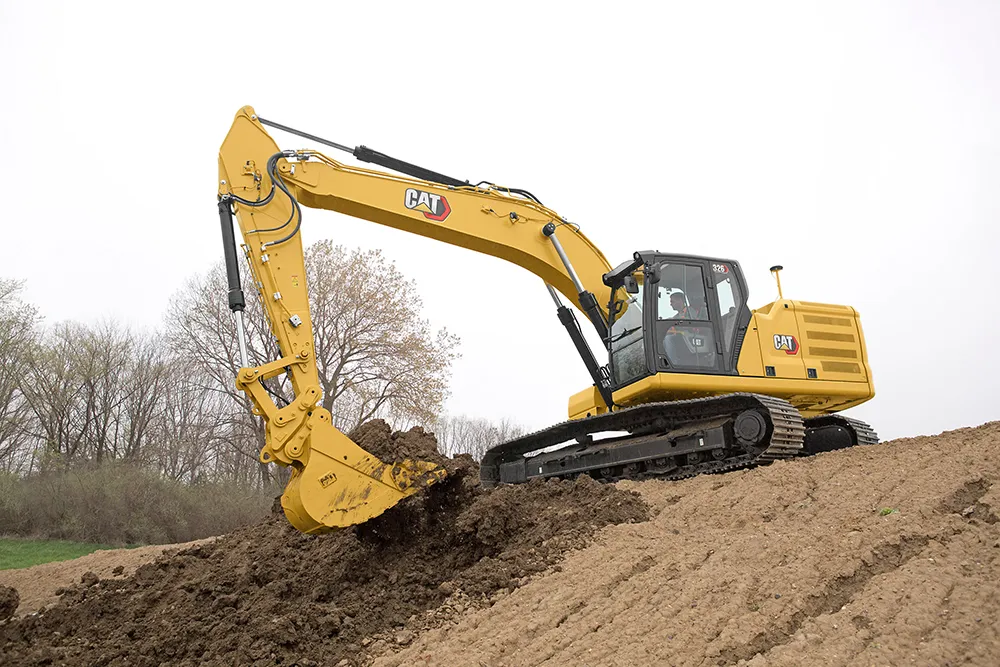'Le Barbare' or The Barbarian, the biggest wheel loader in the Caterpillar range, had already clocked up a respected 48,000 hours of heavy duty in the Belgian quarry Carrieres d'Antoing when a need for a bit of rejuvenation was identified. To carry out this careful operation, the local Caterpillar dealer Bergerat Monnoyeur tore the impressive 193tonne 994D wheel loader into thousands of pieces, reworked them all and then reassembled the whole machine with new or refreshed parts: it performed a full rebuild
July 10, 2012
Read time: 2 mins
'Le Barbare' or The Barbarian, the biggest wheel loader in the 178 Caterpillar range, had already clocked up a respected 48,000 hours of heavy duty in the Belgian quarry Carrieres d'Antoing when a need for a bit of rejuvenation was identified.
To carry out this careful operation, the local Caterpillar dealer2154 Bergerat Monnoyeur tore the impressive 193tonne 994D wheel loader into thousands of pieces, reworked them all and then reassembled the whole machine with new or refreshed parts: it performed a full rebuild giving the machine a second life and a new warranty.
Carrieres d'Antoing, located close to the city of Tournai, produces some 4 million tonnes of limestone a year. Three Caterpillar wheel loaders, the 992G, 994F and 'le Barbare', the 994D, are used for loading trucks which then transport the limestone to a crusher.
The oldest of the loaders, the 994D, has been working in the quarry since 1993, and it went through a revision at 24,000 hours, and last December, seven year later, it was transported to the Bergerat Monnoyeur workshop in Overijse for another revision. This time, eight technicians were dedicated to rebuild the machine from a smallest detail all the way to replacing the engine.
Given the monstrous length of 17m, width of 5.5m and height of 6.5m, it took three months and more than 5,000 labour hours to finish the work.
As usual for a machine going through a Cat Certified Rebuild programme, the 994D was disassembled, reworked, rebuilt from scratch, and then assembled again. Among many other changes, the original steering wheel was replaced by joysticks and the machine also received a brand new engine. Its technology was updated to the latest state-of-the-art, which extends its life for at least 15,000-20,000 hours to come.
Caterpillar says that the cost of a rebuild is significantly lower than new, varying from 55-70% of the transaction price of a new machine, "which makes the rebuild a good option to consider also in challenging economic conditions."
To carry out this careful operation, the local Caterpillar dealer
Carrieres d'Antoing, located close to the city of Tournai, produces some 4 million tonnes of limestone a year. Three Caterpillar wheel loaders, the 992G, 994F and 'le Barbare', the 994D, are used for loading trucks which then transport the limestone to a crusher.
The oldest of the loaders, the 994D, has been working in the quarry since 1993, and it went through a revision at 24,000 hours, and last December, seven year later, it was transported to the Bergerat Monnoyeur workshop in Overijse for another revision. This time, eight technicians were dedicated to rebuild the machine from a smallest detail all the way to replacing the engine.
Given the monstrous length of 17m, width of 5.5m and height of 6.5m, it took three months and more than 5,000 labour hours to finish the work.
As usual for a machine going through a Cat Certified Rebuild programme, the 994D was disassembled, reworked, rebuilt from scratch, and then assembled again. Among many other changes, the original steering wheel was replaced by joysticks and the machine also received a brand new engine. Its technology was updated to the latest state-of-the-art, which extends its life for at least 15,000-20,000 hours to come.
Caterpillar says that the cost of a rebuild is significantly lower than new, varying from 55-70% of the transaction price of a new machine, "which makes the rebuild a good option to consider also in challenging economic conditions."








